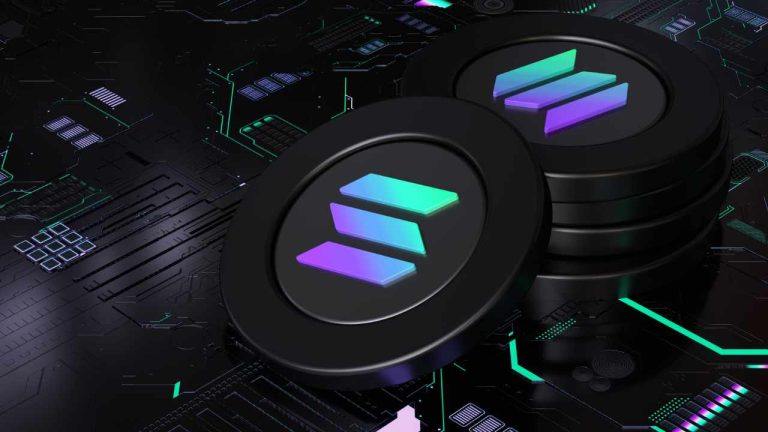
Nigerian Central Bank Seeks New CBDC Tech Partner — Bank Urged to Improve E-Naira User Experience

More than a year after it launched its central bank digital currency with partner Bitt Inc, the Central Bank of Nigeria is reportedly seeking a new technology partner. The new partner is expected to help the central bank implement a system which gives it greater control of the digital currency. One expert said the central bank should consider improving user experience if it wants to see more Nigerians adopting the e-naira.
Controlling the E-Naira’s Underlying Technology
The Central Bank of Nigeria (CBN) is seeking to install a new system to run its central bank digital currency (CBDC) and is currently talking to prospective technology partners, a report has said. According to a report, the central bank is keen on developing digital currency technology that gives it greater control of the CBDC.
R3, a provider of enterprise technology and services, is one of the prospective partners that has reportedly discussed deploying a different tech for the e-naira. As per the report, the CBN’s chosen partner is not expected to immediately oust the central bank’s initial technology partner, Bitt Inc. Instead, the central bank hopes the new partnership will help it achieve its goal of controlling the CBDC’s underlying technology.
While no official comment concerning the CBN’s plans has been given, Bitt Inc reportedly acknowledged that the Nigerian central bank “works with various service providers to explore technical innovations for their digital infrastructure.” Despite this, the Barbados-based technology firm said it still works closely with the CBN and is “currently developing additional features and enhancements.”
Remarking on the CBN’s reported plans, Lucky Uwakwe Arisukwu, the CEO of the 4th industrial revolution technology hub Sabi Group, concurred that the central bank’s desire to control digital currency could be the primary motivating factor. To support this viewpoint, Uwakwe made reference to the recently launched domestic card scheme known as Afrigo.
Just like the e-naira, the Afrigo scheme seeks to bolster the country’s national payment system as well as to deepen the usage of electronic platforms in Nigeria. Although the CBN governor has rejected assertions that the card scheme seeks to push out international service providers, Uwakwe argued that the central bank could not have launched this scheme if it lacked control. According to Uwakwe, the CBN wants to apply the same approach to the e-naira.
Bolstering the E-Naira
Despite it being Africa’s only functioning CBDC, uptake of the e-naira has been slow, and according to a Bitcoin.com News report in August 2022, just under one million e-naira speed wallets had been downloaded at the time. The Nigerian public’s then lukewarm response reportedly prompted the CBN to look for ways of getting more Nigerians to download the e-naira speed wallet.
My eNaira experience and the current Nigeria bank note scarcity issue @cenbank gave us a solution already even before the problem started
While it not 100% it goes a long way & it a win for major of the public queuing in bank ATM and a win for @cenbankhttps://t.co/14wHBsFLjn
— Lucky Uwakwe ( KING of DeFi / NFT/SocialFi /GameFi (@luo2027) February 3, 2023
One of the ways the CBN has attempted to achieve this is by offering rewards to residents or merchants that accept the e-naira. In addition to these incentives, Uwakwe said the CBN should also work on improving user experience if it wants to see more Nigerians using the CBDC.
“If the user experience is improved upon, definitely they would have a great of adoption. The central bank also needs to for instance consider mandating that all civil servants should receive a part of their salary paid in the e-naira format,” Uwakwe said.
The Sabi CEO also noted how commercial banks’ failure or reluctance to allow for the seamless conversion of the e-naira to the fiat naira and vice versa is possibly working against the CBN’s efforts.
Register your email here to get a weekly update on African news sent to your inbox:
What are your thoughts on this story? Let us know what you think in the comments section below.
Go to Source
Author: Terence Zimwara









